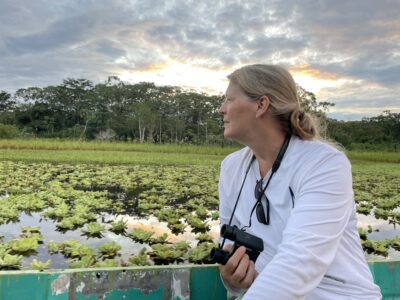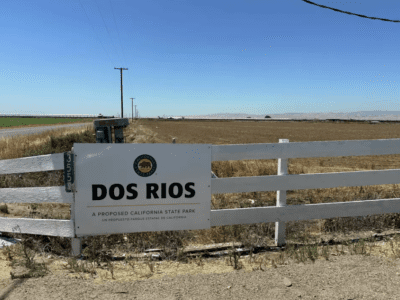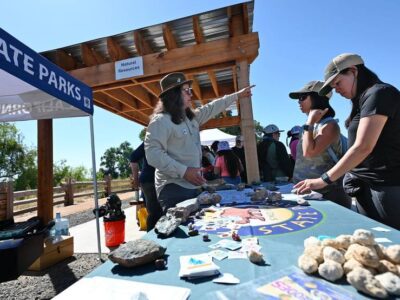River Partners’ Restoration Scholars program grows California’s next generation of restoration leaders. Offering real-world experience, an opportunity to build relationships with our incredible staff and project partners, and unique insights into the day-to-day operations of an organization actively restoring the largest footprint of riverways in the West, our Restoration Scholars program is an unparalleled experience for innovative young college students looking to start their careers off on the right foot.
This summer, we welcomed eight full-time, paid Scholars from two- and four-year universities. Many of them grew up in California and wanted to help address critical environmental issues like climate change and disappearing biodiversity. Through the program, they met passionate professionals giving new life to rivers for people and wildlife, even if it means working in challenging conditions such as long days of field work in the hot sun.
We asked each Scholar to reflect on their summer of field work and research with River Partners. Here are the inspiring insights they shared.
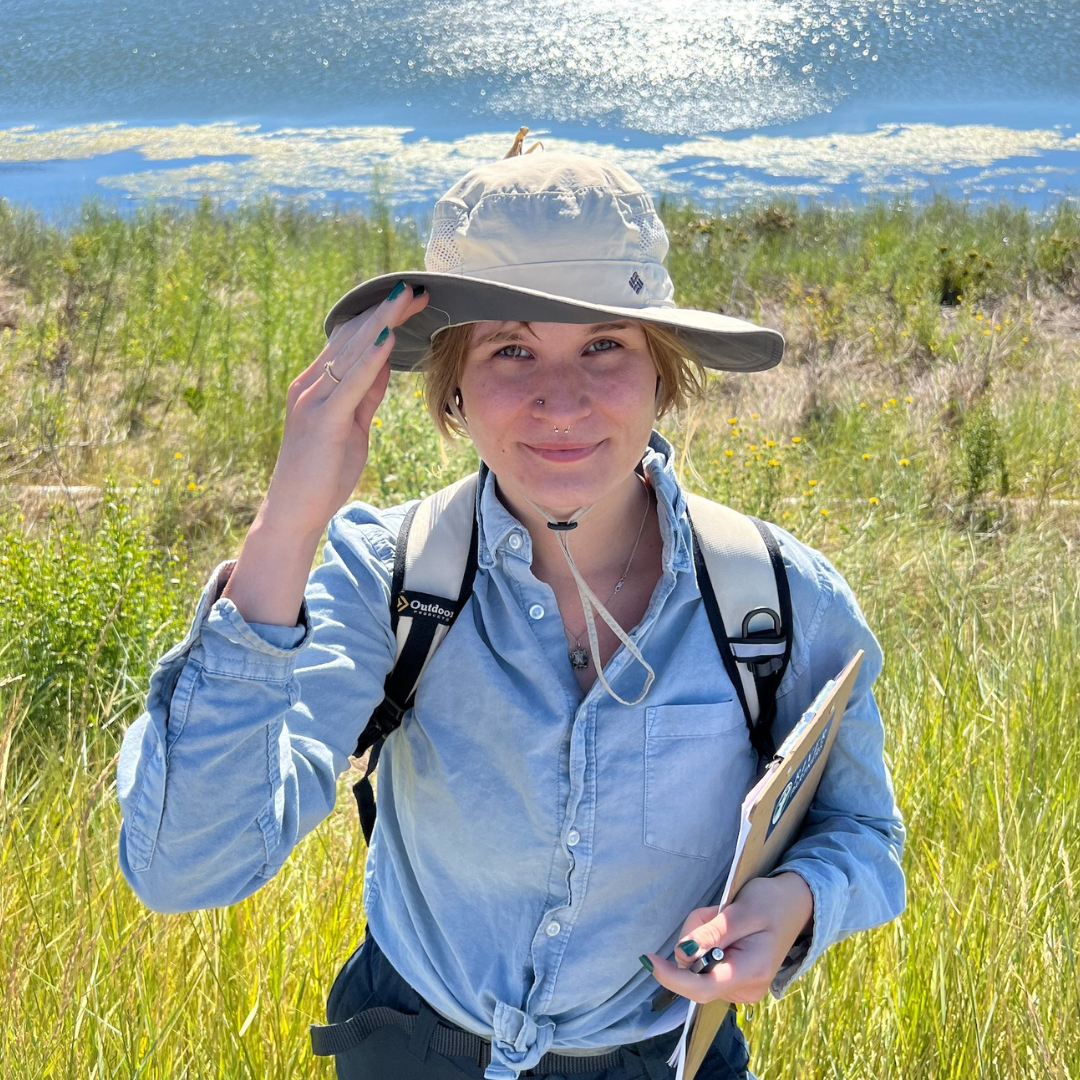
Kylie McNary
Sacramento City College, Junior
“This program has solidified my passion for restoration, and reassured me that I’m pursuing the right field of study. I’m more excited about continuing my education, especially after witnessing that there is in fact job security for the restoration and conservation field.”
Research Project: Quantifying the presence of microplastics in floodplain soils at the Southport Floodplain Restoration Project near Sacramento, looking for a correlation between flooding and the distribution of plastic. What she learned curbed her pessimistic view toward microplastic pollution, as she found they weren’t as abundant as she previously thought.
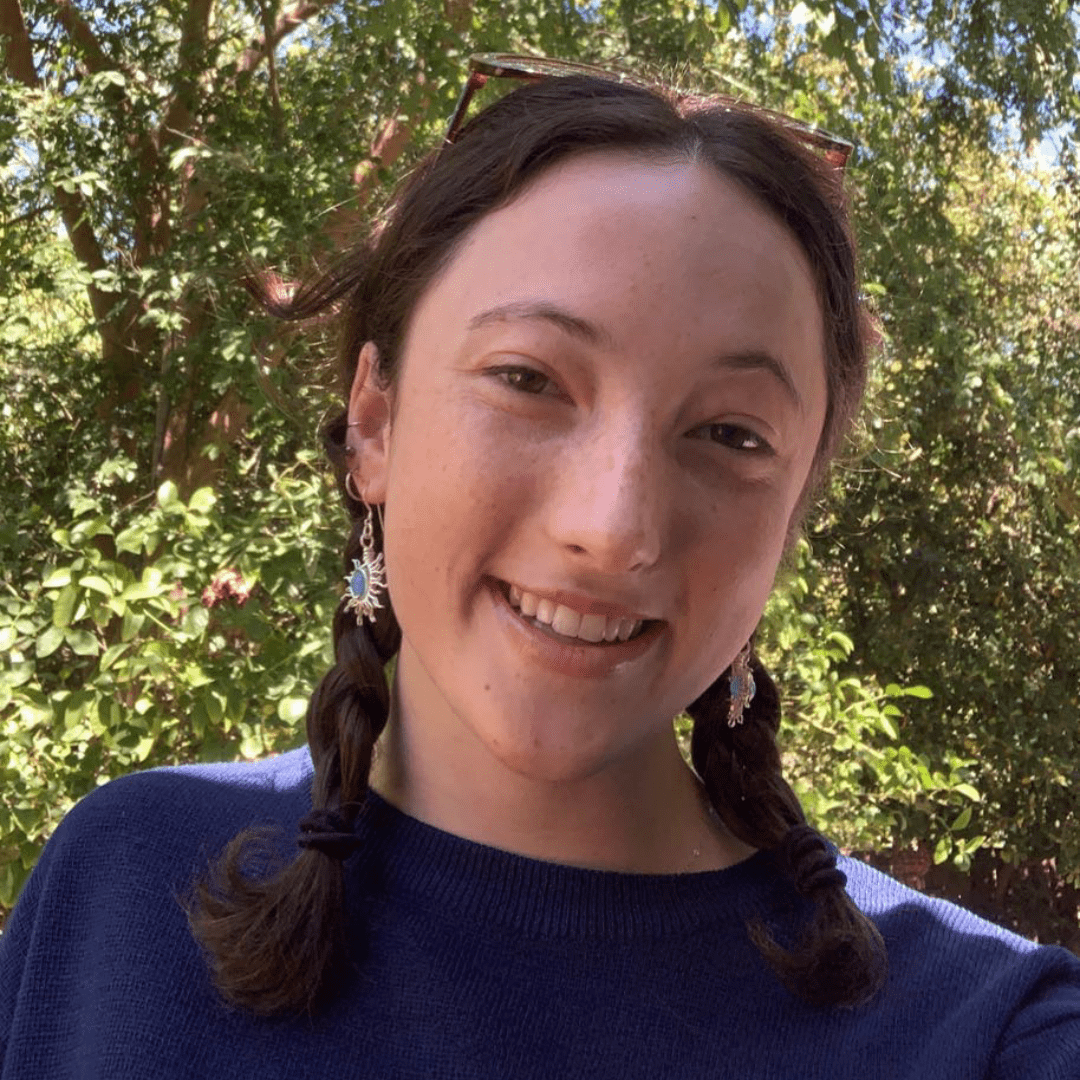
Camille Hymes
UC Davis, Senior
“The early morning field days were challenging, but I think they were my favorite part. I gained so much plant identification skill and learned so much from people in positions that I one day want to be in. I wanted to gain experience doing field work and monitoring in restoration sites, and that is exactly what I did. I learned a lot about the inner workings of an organization like River Partners and am very grateful to have had such exposure to an incredible field of science. I loved being a restoration scholar and encourage others to pursue the opportunity!”
Research Project: Researching how native seed production can support monarch butterflies and other valuable insects and pollinators, working with Heritage Growers Native Seed and Plant Supply—a new venture of River Partners. She hopes her research can help to advise and streamline native seed production in a way that supports California’s pollinators.
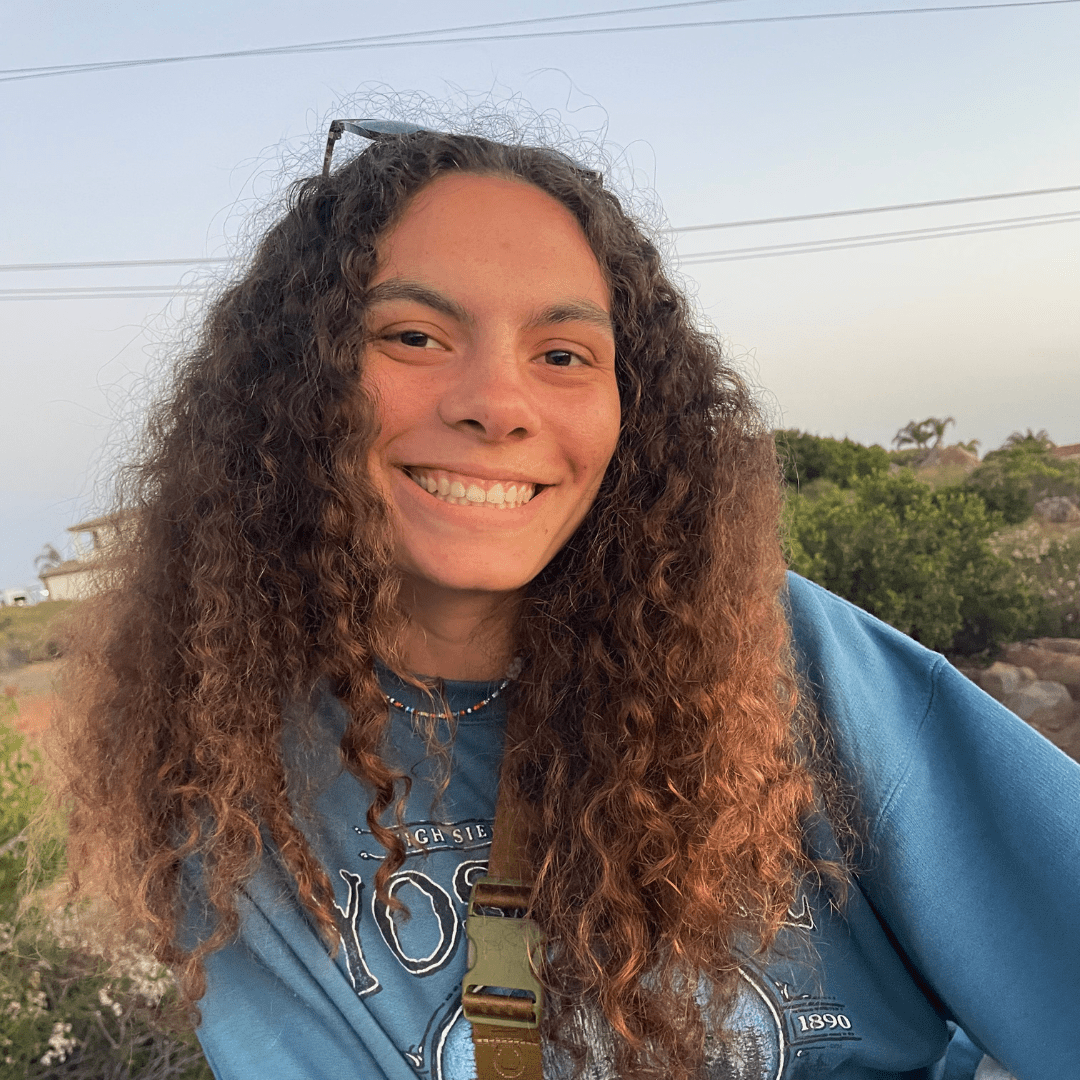
Sophia Johnson
Cornell University, Senior
“I liked that the experience was a blend of independent and group work, and a highlight was getting to meet so many people from the organization that came from such different backgrounds, both interns and full-time staff.”
Research Project: Studying wildlife behavior and movement along Sate Road-94 in San Diego County by setting up camera traps along the highway and undercrossings as well as in natural areas to compare how wildlife are affected by highway infrastructure. This data can help ensure future restoration designs are tailored to wildlife needs.
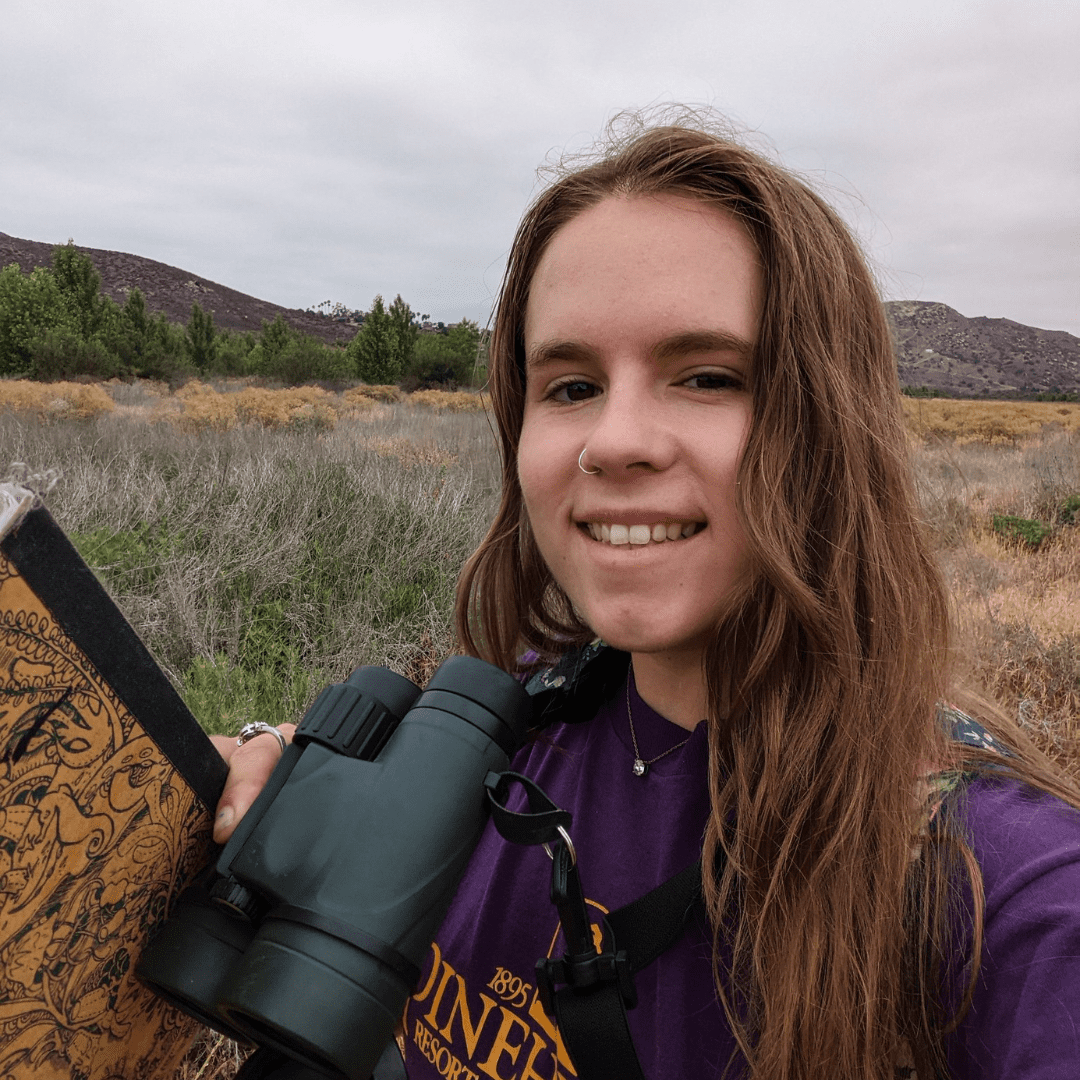
Keeley Lanigan
UC San Diego, Graduate
“I learned a lot about the plant and animal species in California which is what I really wanted from this internship. I also really enjoyed being able to complete my independent project monitoring birds. I had really wanted to learn how to identify California bird species by sound and I learned a lot about it this summer.”
Research Project: Understanding the diversity of bird species at the San Dieguito River near Escondito that River Partners restored parts of in 2018 versus unrestored sites, as well as to establish a baseline for to-be-restored areas. She observed endangered least Bell’s vireos and hopes the restoration will continue to positively benefit wildlife in the area.
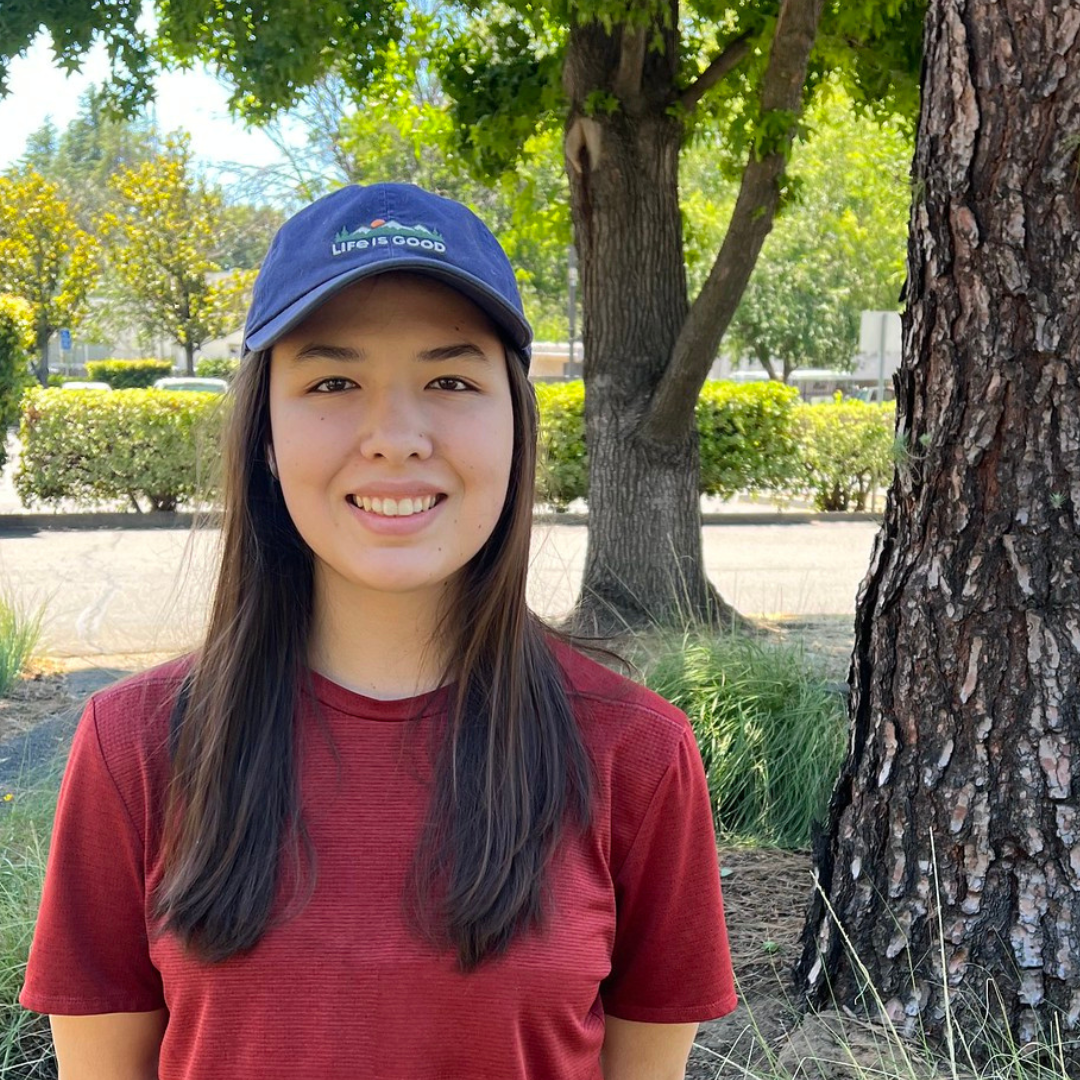
Masha Elson
CSU Chico, Senior
“I felt much more confident by the end of the program. Both in myself, and in things like plant identification. Identifying the aquatic macroinvertebrates was challenging at first, but once I got it down, it wasn’t bad at all. I also gained a lot of insight into careers. For example, I learned many skills are taught on the job. You don’t have to learn everything in college.”
Research Project: Evaluating the impact of river side channel restoration for fish habitat at the Anderson River Park near Redding by comparing the presence of aquatic macroinverterbrates in restored areas versus unrestored river side channels. Masha’s results showed her how much of an improvement the restored side channels make to stream health and biodiversity.

Douglas Ralat
CSU Chico, Senior
“I found the individual research project most valuable because it was a really significant learning experience in regards to conducting scientific research. I wanted learn more about the hydrology of the restoration sites since I am aiming to become a hydrologist. This project was significantly challenging for me, but now I know what to expect when it comes to individual research.”
Research Project: Understanding how floodplain restoration projects affect hydrology by comparing vegetation planting plans and hydraulic models of four restoration sites in Northern California.
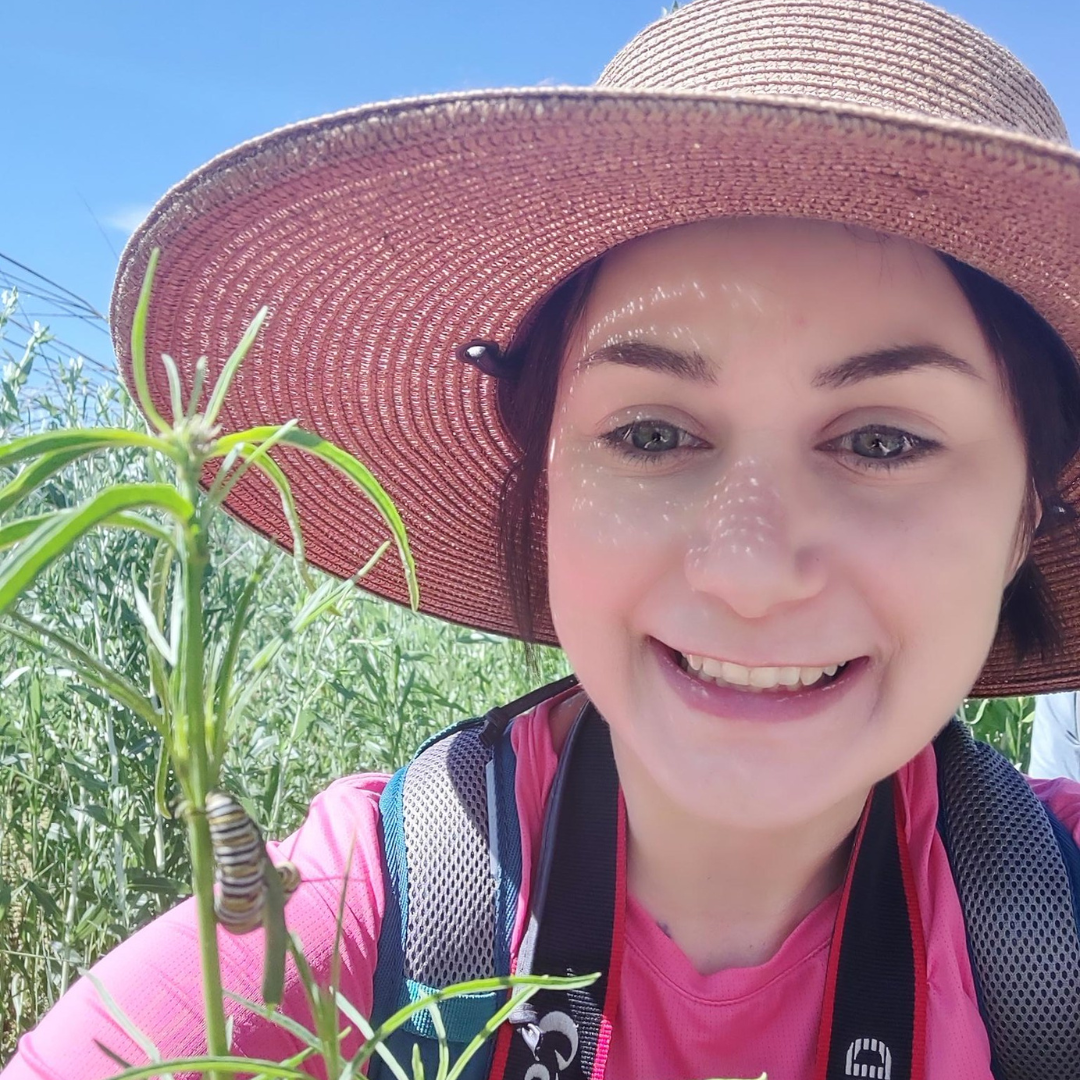
Lynn Breithaupt
CSU Stanislaus, Senior
“I found the most valuable part of the internship to be understanding the amount of work that goes into a restoration project. I learned what my threshold is, and how far I can push myself through the heat, mosquitos, fighting through a dense understory of sticky gum plant, etc. I learned that I’m stronger than I thought, and I could make it through the challenge.”
Research Project: Conducting biodiversity assessments of insects in differently aged restoration plots at River Partners’ Dos Rios Ranch Preserve near Modesto to understand how well wildlife respond to restored sites, as insects are indicators of overall biodiversity.
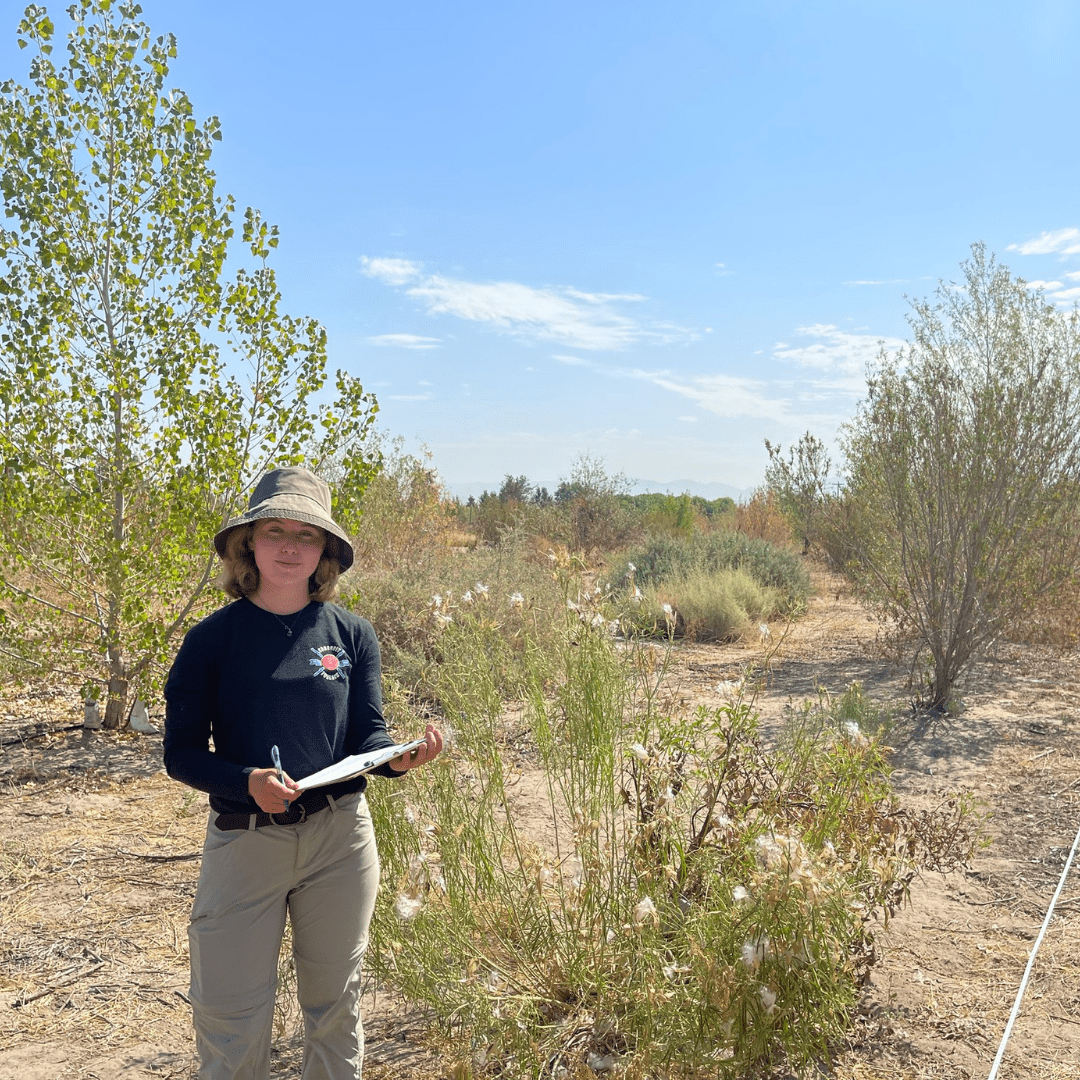
Phoebe Santos
University of Edinburgh, Junior
“The long weeks of field work were what I found most valuable. They were difficult and sometimes made me question what I was doing there but I think that is what I needed. I needed to know the reality of the line of work that I wanted to join and know how committed I really was to it all. I learned the amount of effort and work long-term restoration projects require, along with what restoration in the San Joaquin valley looks like. It was difficult to visualize before this.”


